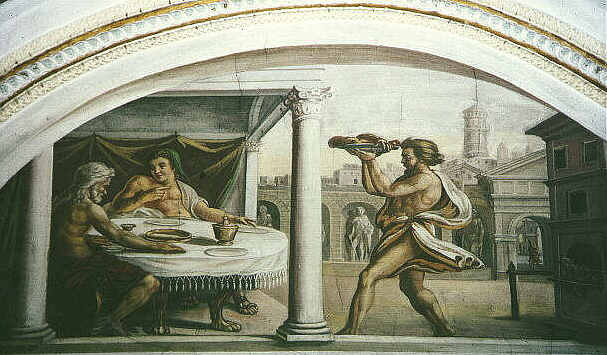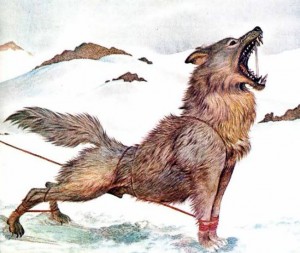Winter and the full Moon of the New Year
Christmastide Day 5: Bringing in the Boar
Wednesday gratefuls: The full Moon of the New Year hiding in the West behind the Lodgepoles. Chilly weather, a bit of snow. Mountain high. Spiritual and emotional nourishment. 21 days only. See the bad man leave the house. And go away. All dogs. All people who love dogs. Vaccines. Covid. Page turning. Black Lives Matter. Radical police reform. Economic justice.

An interesting day, day 5. It celebrates the bringing of a boar head to a great feast.
Then the grim boar’s head
Frowned on high,
Covered with bay and rosemary.
Sir Walter Scott Marmion
Frowned indeed. And odd that it featured/s for so long in the Twelve Days of Christmas. Why? Because boars were apparently extinct during the reign of King Henry II. He died in 1185.
I say features because bringing in the boar’s head still takes place Queen’s College in Oxford. As it comes, verses of this carol are sung:
The Boar’s head in hand bear I
Bedecked with bays and rosemary;
And I pray you, my masters, be merry
Quot estis in convivo. (so many as are in the feast.)
The Boar’s head, as I understand,
Is the rarest dish in all the land
When thus bedecked with a gay garland
Let us servire cantico. (let us serve with a song)
Matthews suggests leaving an apple or an orange at the backdoor in case the bristled one comes by.
 Sæhrímnir, the ever renewing boar of Valhalla, feeds all the einherjar, those Vikings fallen in battle and delivered to the great feasting hall by the Valkyries. He dies each night, is eaten, then revives. In this sense there is some link between the boar and resurrection, much like the einherjar themselves, brought from death to life. The einherjar will join Odin in the great final battle of the gods, Ragnarok.
Sæhrímnir, the ever renewing boar of Valhalla, feeds all the einherjar, those Vikings fallen in battle and delivered to the great feasting hall by the Valkyries. He dies each night, is eaten, then revives. In this sense there is some link between the boar and resurrection, much like the einherjar themselves, brought from death to life. The einherjar will join Odin in the great final battle of the gods, Ragnarok.
If you had the chance to read Gawain and the Green Knight, you might remember the hunting expeditions of Bertilak de Hautdesert. The boar is the third and final hunt. Bertilak dismounts and fights him in the water, driving his sword straight into the great beast as it attacks.
Boars were considered as dangerous as a human foe with their sharp tusks, more than human strength, and a wiliness that made them difficult to kill.
 Even pagans have a conflicted relationship with nature. Yes, she provides soil for crops, rain and sun from them to grow, and game to supplement domesticated animals like goats and cows and chickens. But she also had predators in the wild like wolves and game animals like the boar, who killed many hunters.
Even pagans have a conflicted relationship with nature. Yes, she provides soil for crops, rain and sun from them to grow, and game to supplement domesticated animals like goats and cows and chickens. But she also had predators in the wild like wolves and game animals like the boar, who killed many hunters.
Bringing in the boar’s head, in this context, would signal a human victory. A sort of Roman General’s triumph. And, at the same time, it honors the boar as a worthy foe, symbolic of both the danger and the bounty found in the forest.
Tomorrow: Hogmanay (New Year’s Eve)
